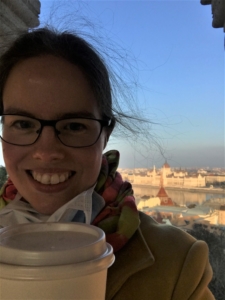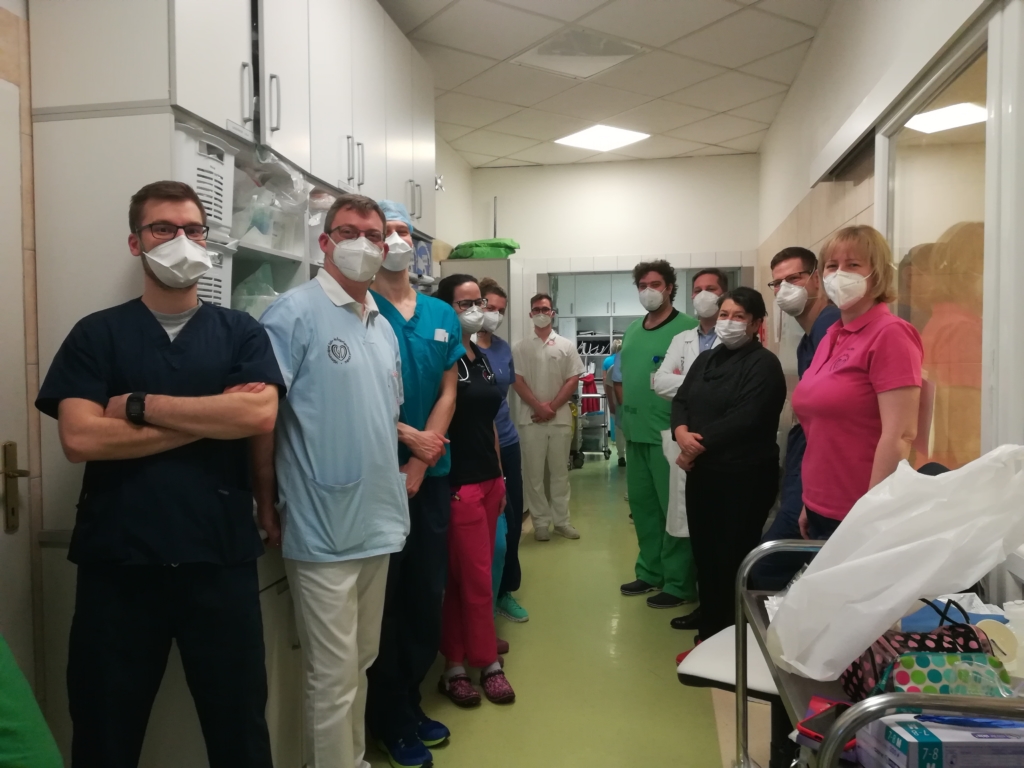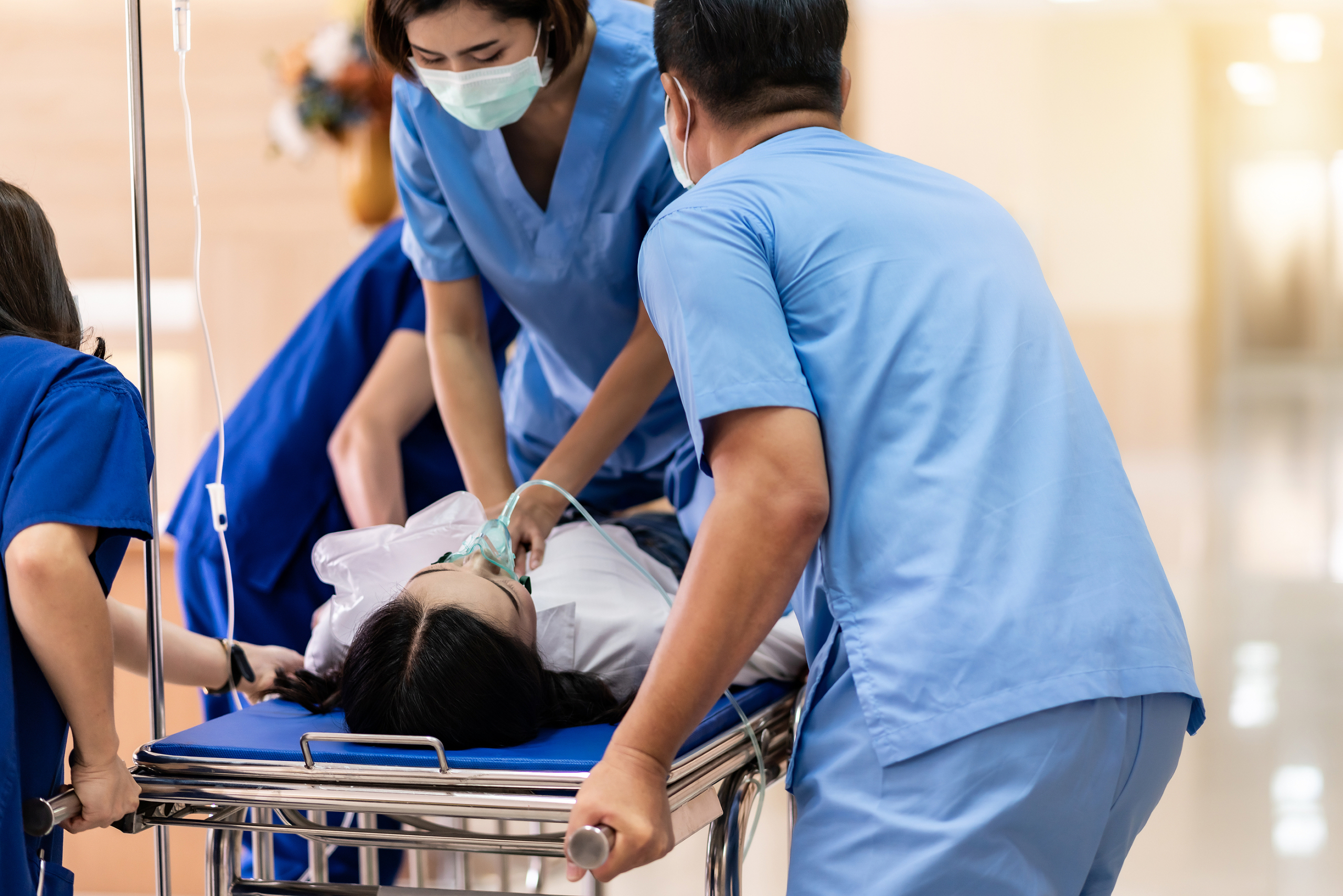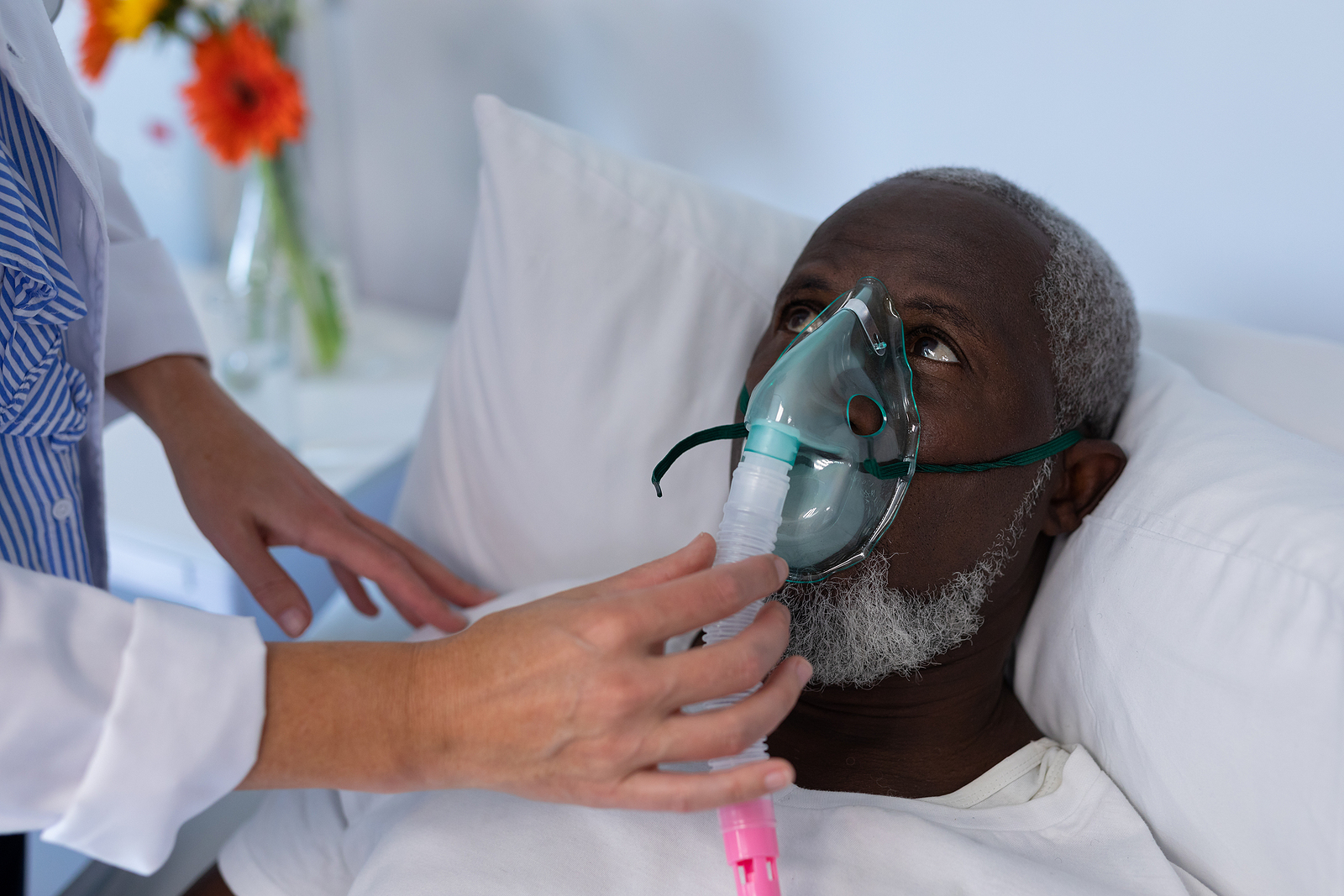Newsletter 2021
Newsletter May 2021: A TEP report from Hungary
Dr Bibiana Metelmann
bibiana.metelmann@uni-greifswald.de
Department of Anaesthesiology at University Medicine Greifswald
Greifswald, Germany
Host Centre: Gottsegen Hungarian Institute of Cardiology
“Édes napok Budapest” – sweet days Budapest
“Édes napok Budapest” is the name of a 3-day food festival focusing on chocolate and sweets and taking place in the centre of Budapest right in front of the magnificent St. Stephen´s basilica. It was one of the first things that I serendipitously experienced after leaving the COVID-19-travel-quarantine while strolling through beautiful Budapest. It was a place, where I met people, I am now honoured to call my friends. But these three words “Édes napok Budapest” also sum up prettily my 3 months stay in Budapest as a participant of the ESAIC Trainee Exchange Program.
I was very lucky to be one of the few TEP winners, who could still do the exchange programme in 2020. And although the COVID-19 pandemic certainly influenced my time in Budapest, I am still very glad that I could travel there and experience and learn so much.
Even before the TEP started I got huge support from the TEP committee, especially Els Sung. She organises the programme very well. Every time I had a question, Els always answered promptly and helped with all aspects surrounding the programme.
I applied for an exchange to Budapest, because I wanted to learn more about cardiac anaesthesia. The structure and curriculum developed by my mentor Professor Andrea Székely made sure that I really achieved that goal. The first half of my exchange was at the Department of Paediatric Anaesthesia and Intensive Care at Gottsegen György National Institute of Cardiology. Dr Edgar Székely, head of the department, managed to create a very warm and friendly working atmosphere. It was such a pleasure to work in his team as everyone made me feel welcomed. Especially Edgar and Dr Mihály Gergely were always open to questions, repeatedly asked me for my opinion and were open for suggestions. Edgar has a great talent for teaching. By asking questions and letting me rethink anaesthetic dogmas, he helped me broaden my horizons as well as deepen my pathophysiologic understanding and knowledge. Edgar is always searching for deeper reasons behind the way we perform anaesthesia. On top of that, he was an excellent language coach – endlessly repeating with me how to conjugate verbs in Hungarian and translating phrases and jokes for me. The last is true as well for Dr Krisztián Fischer, who is also a tremendously funny person and incredible anaesthesiologist. I am amazed by Dr Judit Simon, who made the complex world of paediatric cardiac anaesthesia look easy and approachable. I am also indebted to all cardiac surgeons at GOKI, who kindly explained the surgical procedures to me. I was really impressed by the surgical and language skills of the team of Prof. Zsolt Prodán.
I spent the second half of my exchange at the cardiac anaesthesia department at Semmelweis University. After the weeks in paediatric cardiac surgery, I was astonished by how different it is from adult cardiac surgery. Seeing two different hospitals and disciplines of cardiac anaesthesia helped me to understand how the way to perform anaesthetics techniques (e.g. inserting a central venous line) is influenced not only by the specifics of cardiac surgery but also by the hospital and the individual anaesthesiologist. I am very grateful to have been honoured to work along and learn from highly-skilled, trained and experienced anaesthesiologists. A great thanks goes to Adam, Tamasz, Kristof and Victor. Regardless of what question I asked, everyone always had an answer and a rationale for their decisions.
Additional to the work in patient care I also got the opportunity to take part in teaching. At Semmelweis University students can study medicine in Hungarian, English and German. All three groups spent some weeks in their 4th year rotating through different departments. Together with the anaesthesiologists and surgeons, I could teach them in the operating theatre. My mentor Andrea also made it possible that I could hold two seminars on anaesthesiology and conduct an examination together with her. It was fascinating to learn and discuss the advantages and disadvantages of different teaching concepts with Andrea.
Andrea also involved me in the third pillar of university work – research. Andrea holds weekly PhD conferences in English via Zoom and invited me along. These sessions are well organised and cover a wide spectrum of science with a focus on cardiovascular research.
As the virtual ESA conference was in the middle of my stay in Budapest, Andrea involved me in preparing her presentation. It was such a pleasure brainstorming and working together with her. I was so blessed to have Andrea as my mentor. She is such an inspiring person and I learnt a lot from her about anaesthesia and research. But she is also a role model on how a woman can pursue a career in anaesthesia while also having time for a loving family and recreational activities.
I can highly recommend Budapest for the exchange programme. All Hungarians I met were very friendly and generous. I was privileged to learn so much about this fascinating country, its history and its people and to enjoy the well-known hospitality. Budapest has a very good infrastructure, it is easy and safe to travel in this amazingly beautiful city filled to the brim with lovely cafes and museums. Although I just spoke a few words of Hungarian, everyone was very generous. As nearly all doctors spoke English (and also often German) fluently, it is no problem to communicate in the hospital.
To sum up, TEP gave me the opportunity to get to know and explore a new field of anaesthesia, new anaesthetic concepts and techniques, other approaches towards anaesthesia and a different health care system. It helped me reflect, what we do well in my home hospital but also where we could improve our care. Although we don´t have a cardiac surgery department in my home hospital, my stay in Budapest taught me different ways to treat patients with severe heart failure. Due to an increased pathophysiologic understanding, I no longer fear treating a person with severe heart failure but have healthy respect towards this condition.
Read our Monthly newsletter.
Read More of our special newsletter covering our virtual congress.
Visit our COVID-19 Resource Hub for other news and resources.













